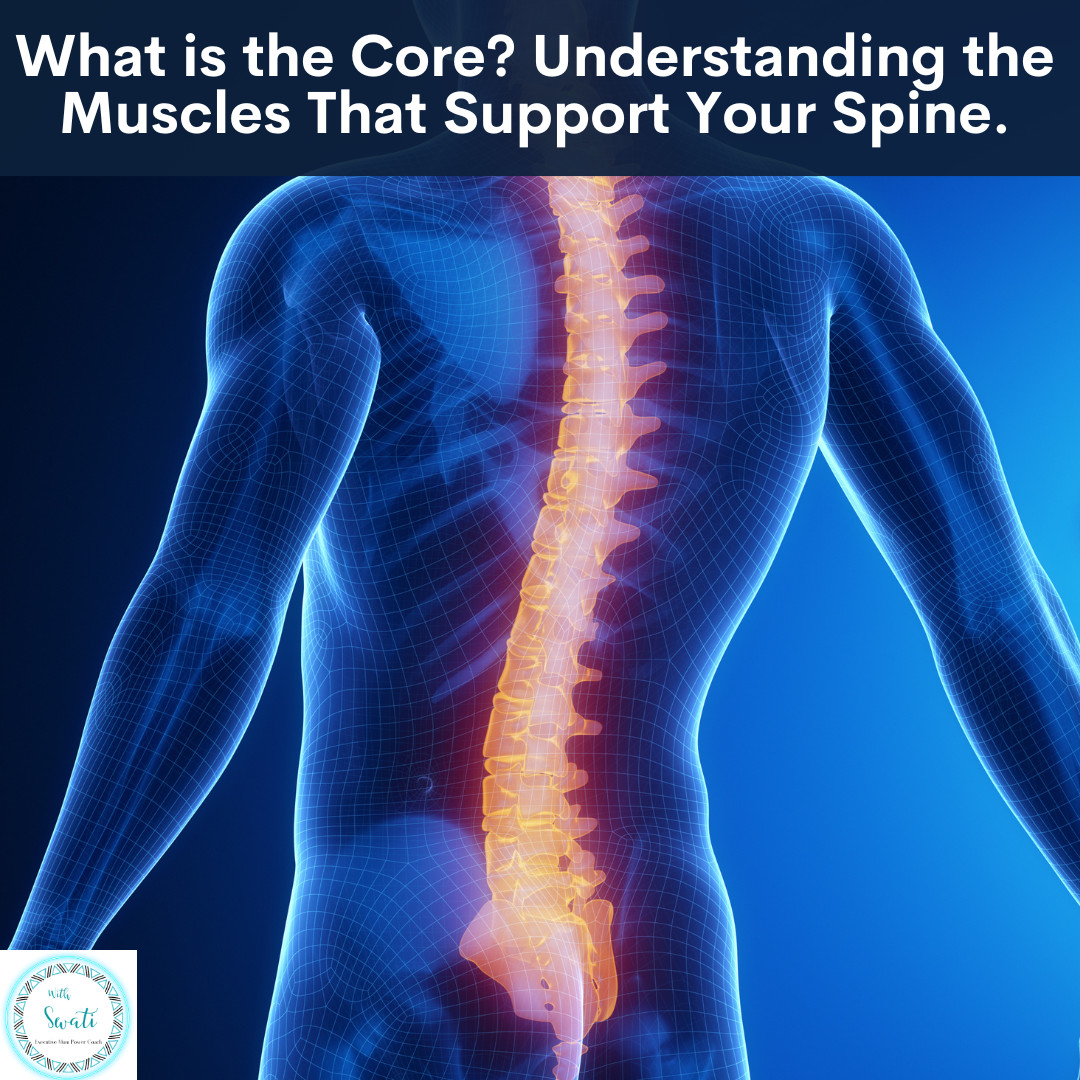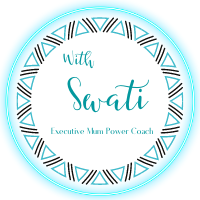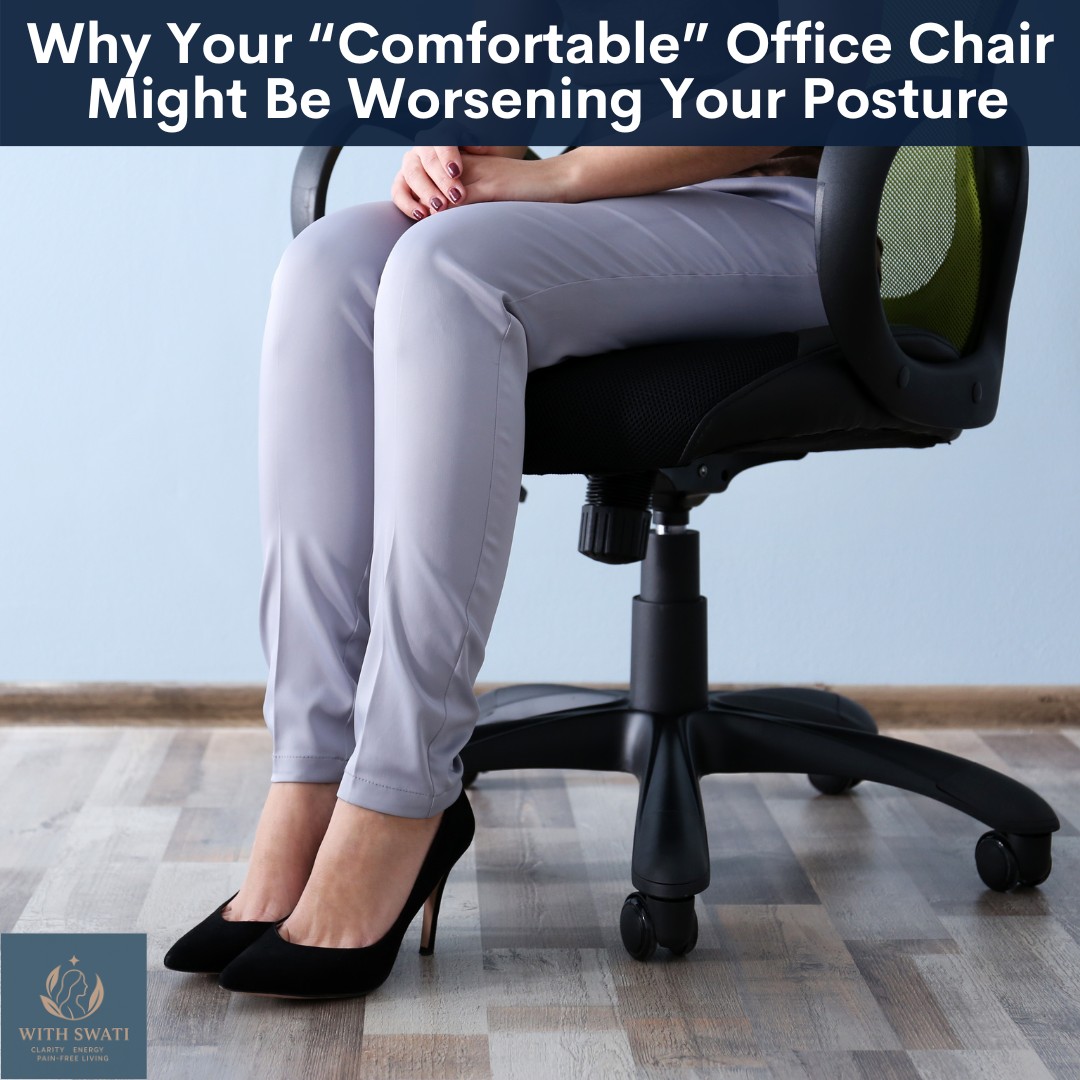
When most people think about the core, they immediately think of abdominal muscles and flat, toned abs. However, the core is so much more than just the "six-pack" muscles! As an executive mum balancing a demanding job and family responsibilities, understanding the true function of your core and how it impacts your body can make a huge difference in your health, posture, and pain levels. In this blog lets discuss what exactly is core and why does it even matter.
The core is a complex network of muscles that work together to stabilize and support your spine, allowing you to sit, stand, and move with ease. The core refers to the deepest muscles in the body that are present close to your joints and spine and act as stabilisers, providing them support to maintain alignment during all movements.
If we consider the spine, these core muscles are like the body’s internal “corset,” keeping your spine stable and secure, especially during everyday activities like lifting, bending, and even sitting for long hours. Without strong stabilizers, your spine lacks proper support, which can lead to back, neck and nerve pain. The lumbar spine has these main core muscles: pelvic floor, diaphragm, multifidus and transversus abdominis, all of which form a cylinder or corset-like support around the spine.
The Pelvic Floor: The pelvic floor is a group of muscles at the base of your torso, running from your tailbone to your pubic bone. These muscles support the perineal area and structures in your lower abdomen. For mums, pregnancy and childbirth can weaken the pelvic floor, which may lead to lower back pain, mid back pain, hip pain, and even discomfort when sitting for long periods. Strengthening the pelvic floor can improve stability and reduce strain on the spine, making it easier to maintain good posture and prevent back pain.
The Diaphragm: The diaphragm, the primary muscle used for breathing, also plays a vital role in core stability. Located beneath your lungs, the diaphragm has attachments to the lumbar vertebrae and thus works in tandem with other core muscles to maintain pressure in your abdomen and support the spine. So each time you breathe deeply, your diaphragm engages, helping to stabilize your trunk. Shallow breathing, often caused by stress or poor posture, limits this engagement and weakens core stability over time.
The Deep Abdominals: The transverse abdominis on both sides of the trunk wraps around your torso like a corset, providing strength and support to your back and helping maintain alignment during movement. This muscle is key to core stability, and engaging it helps prevent lower back pain.
The multifidus: The multifidus, also play a vital role in core support. The multifidus muscles are small yet powerful muscles that run along the spine, helping to stabilise it during activities like sitting, standing, and bending.
These are also the larger, more visible muscles, such as the rectus abdominis, obliques, erector spinae, etc. These muscles are designed for movement and power. They are known as the global movers or the movement muscles. While they play an essential role in allowing your body to move, they rely on the core stabilisers to provide a strong foundation. Without stable support from the core, the global muscles have to work harder, leading to strain and often pain in the back and neck. The stabilizers keep your spine and posture aligned, while the movement muscles allow you to perform daily tasks with ease and strength. If you focus only on strengthening your movement muscles, you risk overloading your spine without the support it needs, which can lead to poor posture and pain.
A weak core can lead to chronic pain, fatigue, and even reduced focus due to discomfort. This is specially true for executive mums, who often spend long hours sitting or juggling various physical tasks at home. Core stability is just as important as movement strength, especially for preventing pain and maintaining good posture in a busy lifestyle.
HERE is a free guide to '10 Easy Desk- based Exercises To Strengthen Your Core' This checklist is designed for busy days when you don’t have time to leave your seat but still want to feel stronger and more supported. With these simple, discreet exercises, you’ll be able to activate your core and improve your posture without missing a beat.
If you like this blog and want to be notified about new blogs as soon as they are published, subscribe to my mailing list below.
I would love to see you around the internet! For other places you can explore more about me: https://withswati.com/page/link
















0 Comments